Are you still looking for a great Easter roll appetiser idea for your Easter brunch? Then our carrot savoury snacks...
Blog categories
- Sweet recipes (126) click
- Salty recipes (15) click
- Cooking (34) click
- Seasonal recipe ideas (70) click
- Things to know (23) click
Search in blog
Latest posts

Whether you want to add an elegant, almost royal touch to your main course or dessert, we'll show you how to create...
Popular posts
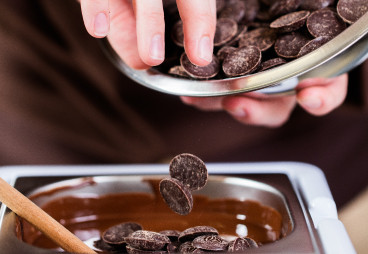
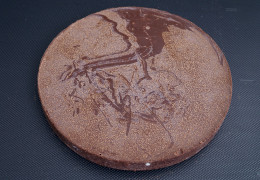
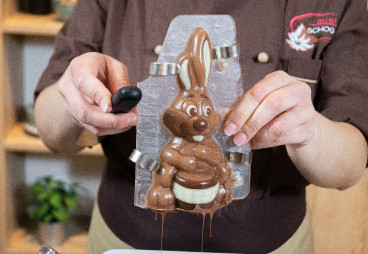
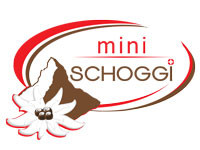
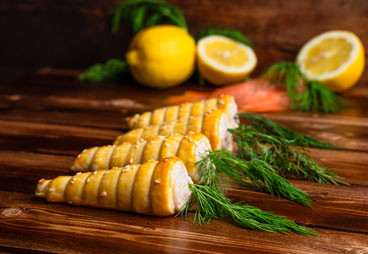




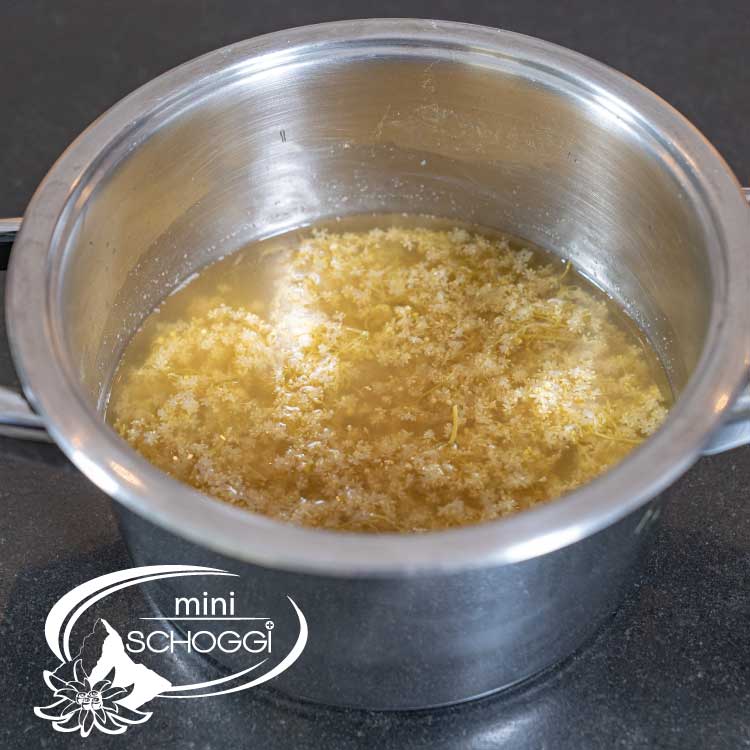








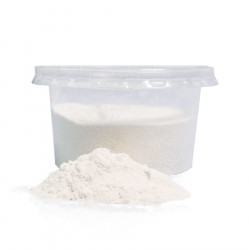
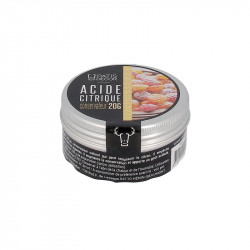
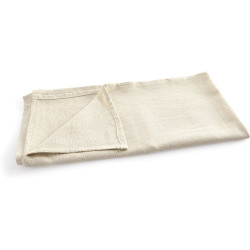

Leave a comment